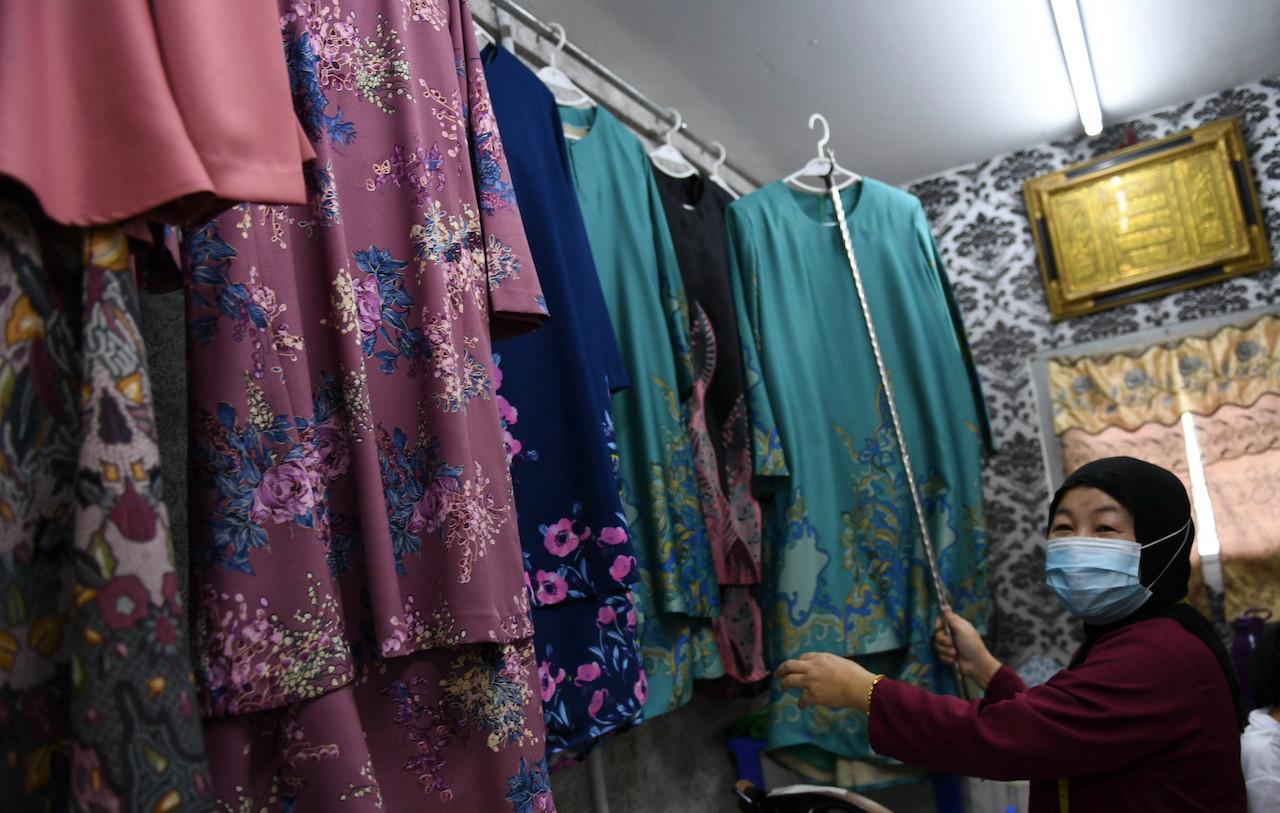Don’t go over the top, designers urged in fashioning traditional outfits
They are all for creativity but say some things should not be changed.
Just In
For the fashion-conscious, there is perhaps no greater embarrassment than in appearing left behind: as seasons come and go, so too do outfits and designs amid relentless pressure to keep up with the times.
But newer is not necessarily better, a local historian and cultural icon said, even as Malaysians hurried to finish their Hari Raya wardrobes ahead of the festive celebration this week.
This is especially the case for those looking to put a new spin on traditional outfits, national laureate Siti Zainon Ismail told MalaysiaNow.
Commenting on the trend by mostly young designers of modifying or “modernising” traditional clothes, she said there was nothing wrong with being creative.
However, she urged them to be culturally sensitive and appreciative of the aesthetics of Malaysian culture when creating their designs.
“Traditional clothes have their own aesthetic values accompanied by modesty and grace,” she said.
“But today’s young generation often does not pay attention to the question of modesty which is an important part of every culture.”
“Traditional clothes have their own aesthetic values accompanied by modesty and grace.”
A recent example of designs that sparked heated debate were the “Baju Melayu Pendek” and “Wira Jubah” created by local high fashion label Behati.
Part of the label’s Raya collection for 2021, the outfits had featured a twist on the original versions. Both featured an oversized cut while the baju Melayu was accompanied by cropped pants.
Their designer, Kel Wen, was heavily criticised online with some accusing him of “butchering” Malay culture and outfits meant to portray the modesty of Malay Muslim men.
Kel Wen however defended his designs, saying he was “introducing new variations” of the traditional Malay outfits which he himself had worn since childhood.
“I’m introducing new variations of it as a designer according to today’s fashion,” he said.
Siti said attempts to redesign traditional clothing could sometimes cross a line, going from an expression of creativity to undermining the value and aesthetics associated with the outfits.
She added that as Hari Raya is celebrated only once a year, Malays should take the opportunity to follow customs and to dress traditionally when visiting other families and obtaining blessings from their elders.
Traditional outfits are sometimes a tricky business in Malaysia where, in 2018, renowned fashion designer Rizalman Ibrahim also came under fire for his “Bollywood-inspired” Raya collection.
Both he and actress Izara Aishah, who was featured in the project, were criticised for their use of Indian cultural aspects, among others.
Some in the fashion industry agreed that certain standards must be maintained when it comes to traditional outfits.
“It’s okay to be creative with designs but know your limits.”
Shasha, who works at a boutique in Shah Alam, said clothes like baju Melayu must be “decent”.
“Baju Melayu should be worn with long pants to ensure decency, especially on Hari Raya,” she told MalaysiaNow.
“It’s okay to be creative with designs but know your limits. Traditional attire must represent modesty.”
The owner of another boutique in Shah Alam also said that creativity has its limits.
“To me, it’s not right because baju Melayu and baju kurung are traditional outfits, so you should follow how they were years ago,” she said.
“Designers can be creative, but follow the cutting to keep the outfit traditional,” she told MalaysiaNow.
This doesn’t mean that they are against new versions of a design.
But Siti said designers should appreciate the original version before creating new ones.
“We need to respect our culture and tradition. We shouldn’t attempt to destroy it.
“There is nothing wrong with creating a new design but don’t forget the old one which has historic values.”
Subscribe to our newsletter
To be updated with all the latest news and analyses daily.
Most Read
No articles found.
